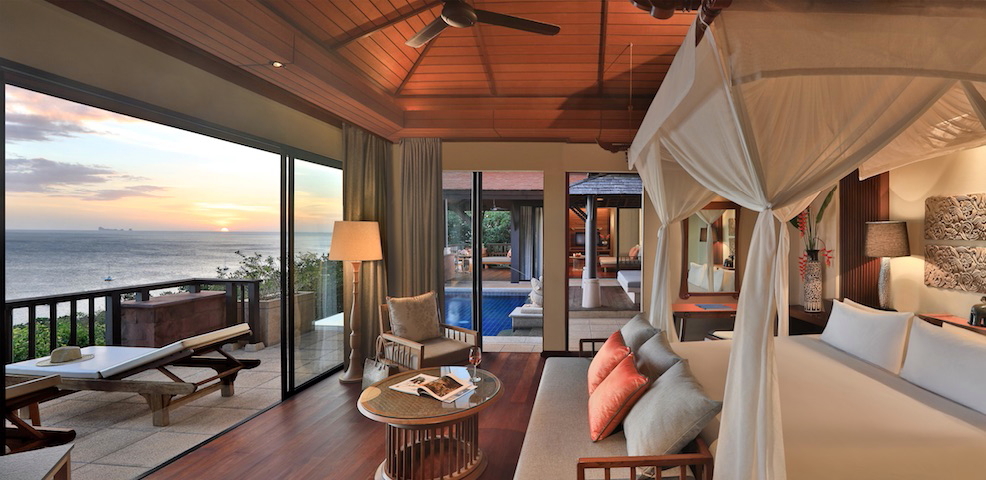|
As the world’s ideas of wealth and status
change, travelers’ ideas of luxury are changing to match. High-end
travelers increasingly choose subtle indulgence over flashy logos
and conspicuous consumption. And they’re gravitating toward travel
that enables them to live out their personal values and fulfill
their dreams through exclusive experiences.
In this new
landscape, “luxury travel” can mean flying by helicopter to a
remote desert peak for an exclusive yoga class. Or, it could mean
passing up the comfort of a resort stay for a once-in-a-lifetime
dive to the wreck of the Titanic – a “vacation” that requires
specialized training in addition to the ultra-premium price.
A
newly-released report, The Future of Luxury Travel, by Sabre
Hospitality Solutions in collaboration with TrendWatching, reveals
five key areas impacting how customers will choose luxury
accommodations and experiences in the years ahead.

“The
evolution of high-end travel is creating a marketplace where
‘luxury’ is defined by the most exclusive, unique experiences that
reside at the intersection of affluence and access,” said Sarah
Kennedy Ellis, vice president of global marketing and digital
experience at Sabre Hospitality Solutions. “We see guests moving
beyond traditional ideas of status and embracing highly-bespoke
travel opportunities that focus more on the individual traveler’s
personality and values and less about expressing opulence.”
Each of the five trends have immediate implications for the
hospitality industry, showing how luxury brands and innovative
startups can attract high-end travelers by providing fresh, unique
opportunities and experiences.
Luxury drives growth in wellness
tourism: According to figures from the Global Wellness Institute,
the global wellness tourism segment is expected to grow by over 37% to US$808 billion over the next three years. A major
driver of this growth will be luxury travelers looking for
opportunities to better themselves. Those trips could include rare
and highly-shareable moments like the exclusive Museum Workout at
New York’s Metropolitan Museum of Art – a 45-minute exercise
session and tour held before the gallery opens to the general
public.
Low-key luxury: Increasingly, luxury travelers identify
themselves as “post-status” – choosing subtle indulgence over
prominent logos and showy opulence. The “no-frills chic”
phenomenon sees travelers choosing travel that contrasts with
traditional luxury – which, itself, is a new way of showing off
one’s status by defying convention.
Indulgence without guilt:
Another factor driving consumer choice is a desire for guilt-free
luxury. The Future of Luxury Travel report sites examples of
emerging high-end products and services whose selling points
include positive environmental or social impact. From ice cream
made from fruit that would otherwise have been sent to a landfill,
to lab-grown gems that offer an ethical alternative to diamond
mining, wealthy consumers are choosing luxury products that help
make the world a better place.
The Future of Luxury Travel
report provides in-depth examples of all five trends across
multiple industries, along with guidance to help hoteliers prepare
to leverage these trends. The full report is available for
download
here.
|
Headlines: |
|
See latest
HD Video
Interviews,
Podcasts
and other
news regarding:
Sabre,
Trends,
Luxury,
Pimalai.
|
